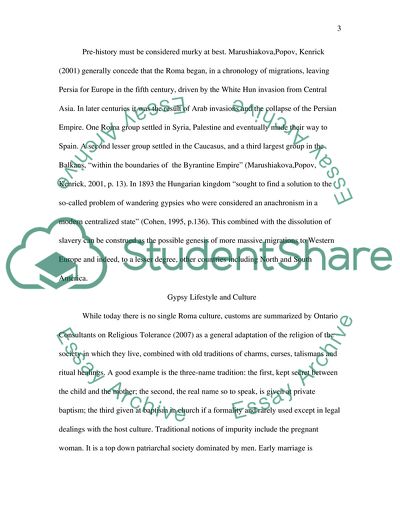Cite this document
(Gypsy Culture Term Paper Example | Topics and Well Written Essays - 1500 words, n.d.)
Gypsy Culture Term Paper Example | Topics and Well Written Essays - 1500 words. Retrieved from https://studentshare.org/culture/1747356-gypsy-culture
Gypsy Culture Term Paper Example | Topics and Well Written Essays - 1500 words. Retrieved from https://studentshare.org/culture/1747356-gypsy-culture
(Gypsy Culture Term Paper Example | Topics and Well Written Essays - 1500 Words)
Gypsy Culture Term Paper Example | Topics and Well Written Essays - 1500 Words. https://studentshare.org/culture/1747356-gypsy-culture.
Gypsy Culture Term Paper Example | Topics and Well Written Essays - 1500 Words. https://studentshare.org/culture/1747356-gypsy-culture.
“Gypsy Culture Term Paper Example | Topics and Well Written Essays - 1500 Words”, n.d. https://studentshare.org/culture/1747356-gypsy-culture.


